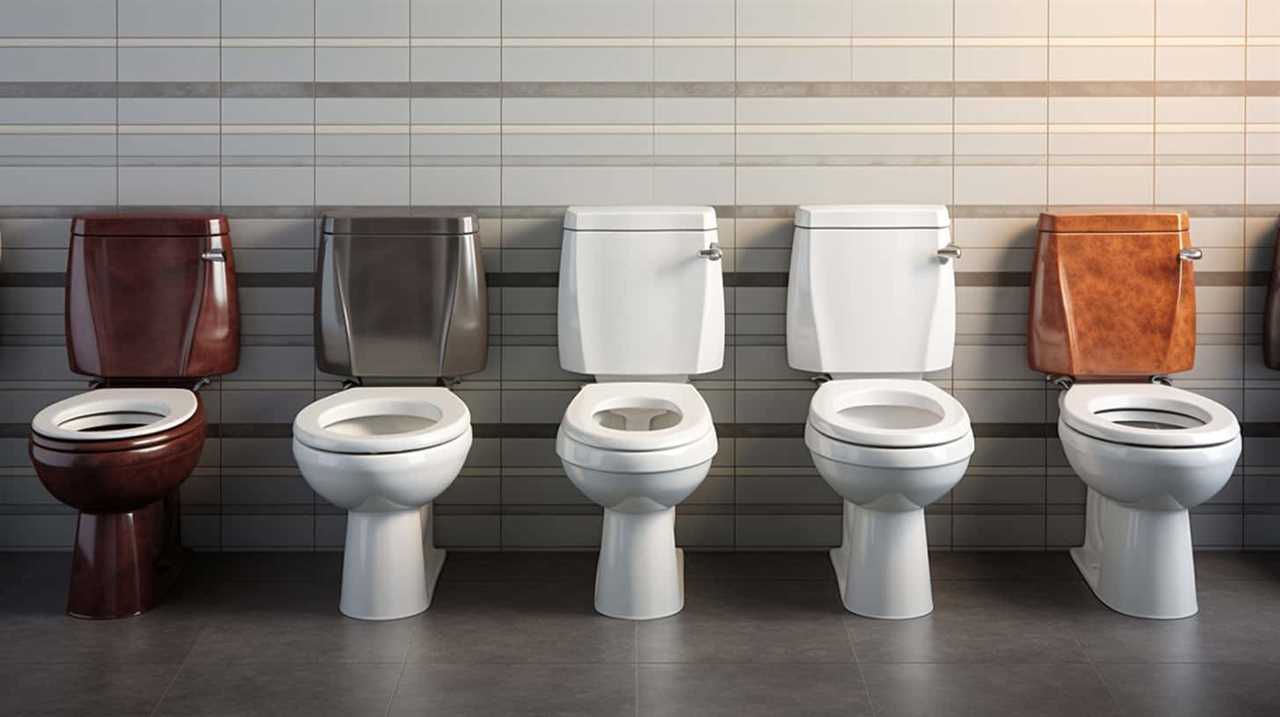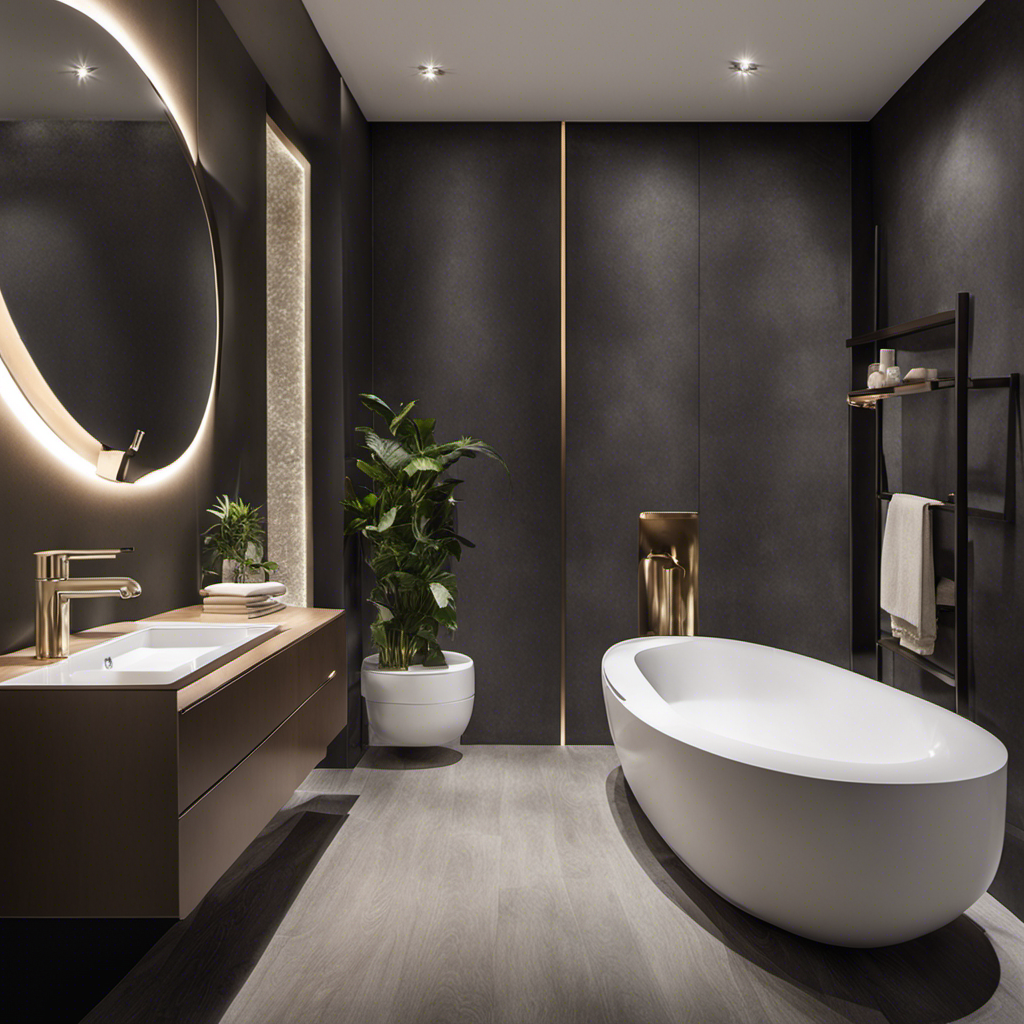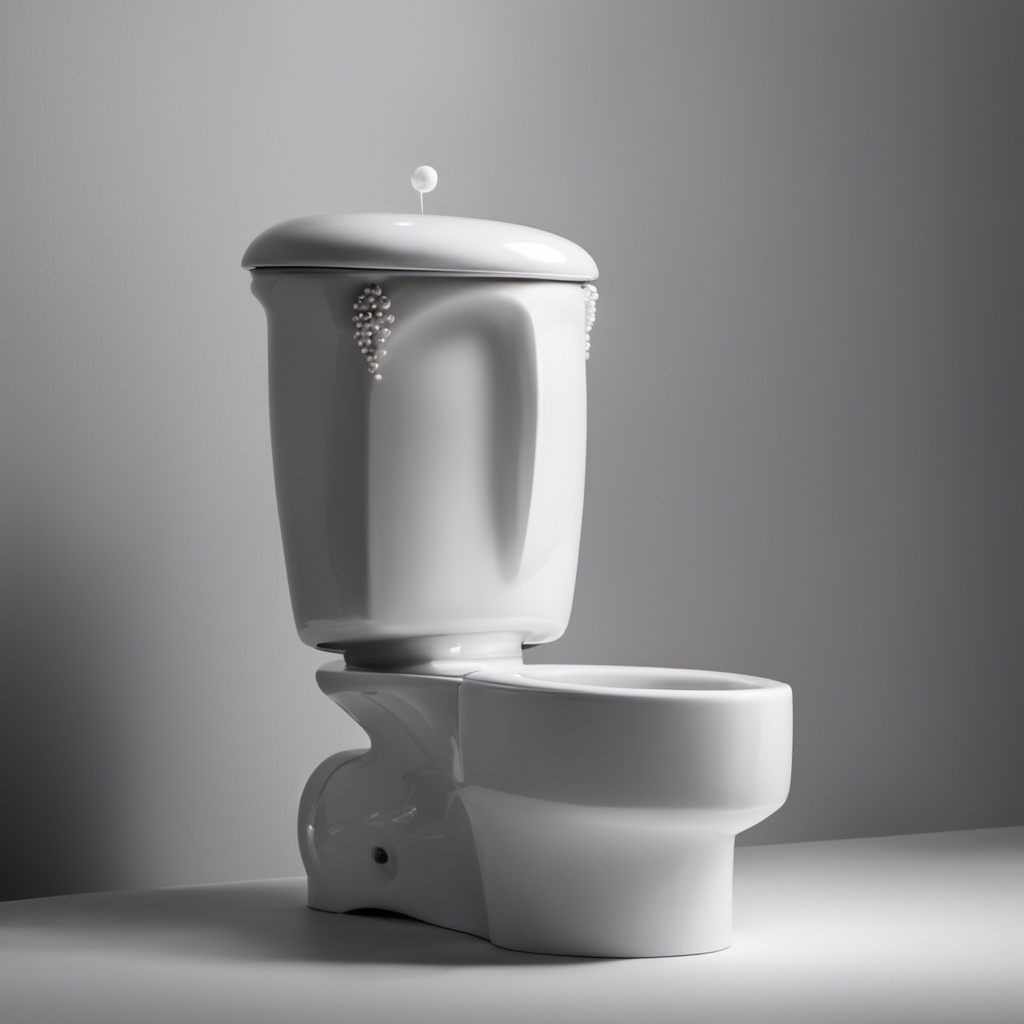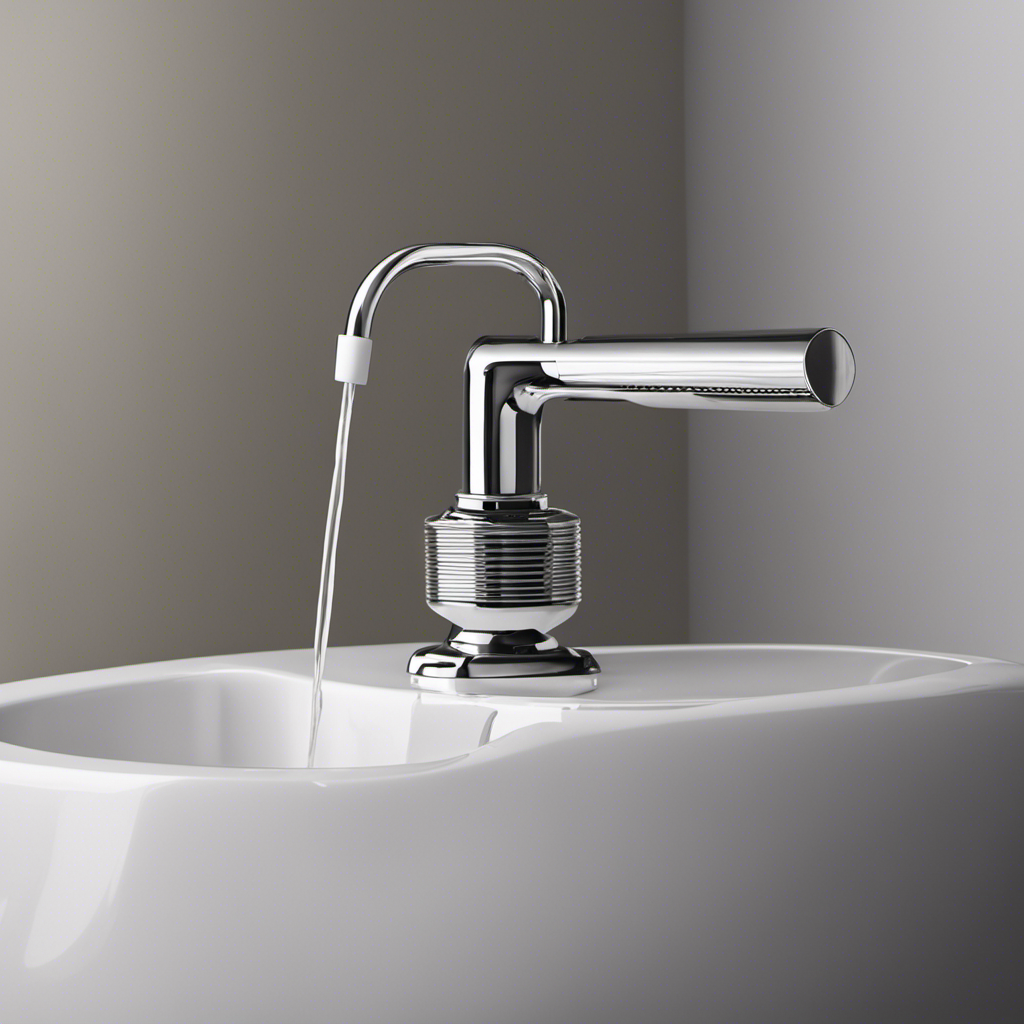We’ve all been there, on a boat far from shore, needing to deal with the inevitable. But what do you do with toilet waste on a boat?
In this article, we’ll explore the various options available to boaters for managing this less-than-glamorous aspect of life at sea. From marine sanitation devices and holding tanks to composting toilets and portable solutions, we’ll cover the legal and environmental considerations to help you navigate this necessary task with expertise.
Key Takeaways
- Marine Sanitation Devices (MSDs) such as Type I, Type II, and Type III are important for proper waste management on board a boat.
- Holding tanks should be regularly cleaned and inspected, and pump-outs should be scheduled to prevent overflow.
- Composting toilets are a sustainable and eco-friendly option for onboard sanitation, as they use natural processes to break down waste into compost.
- Proper maintenance and disposal of portable toilets, including the use of approved chemical additives and designated waste facilities, is crucial.
Marine Sanitation Devices (MSDs)
We use marine sanitation devices (MSDs) to effectively manage and treat toilet waste on our boat. When it comes to marine waste disposal, MSDs are crucial for maintaining proper waste management on board.
They provide a reliable solution for handling human waste in a safe and environmentally friendly manner. MSDs come in different types, including Type I, Type II, and Type III, each with varying levels of treatment capability.
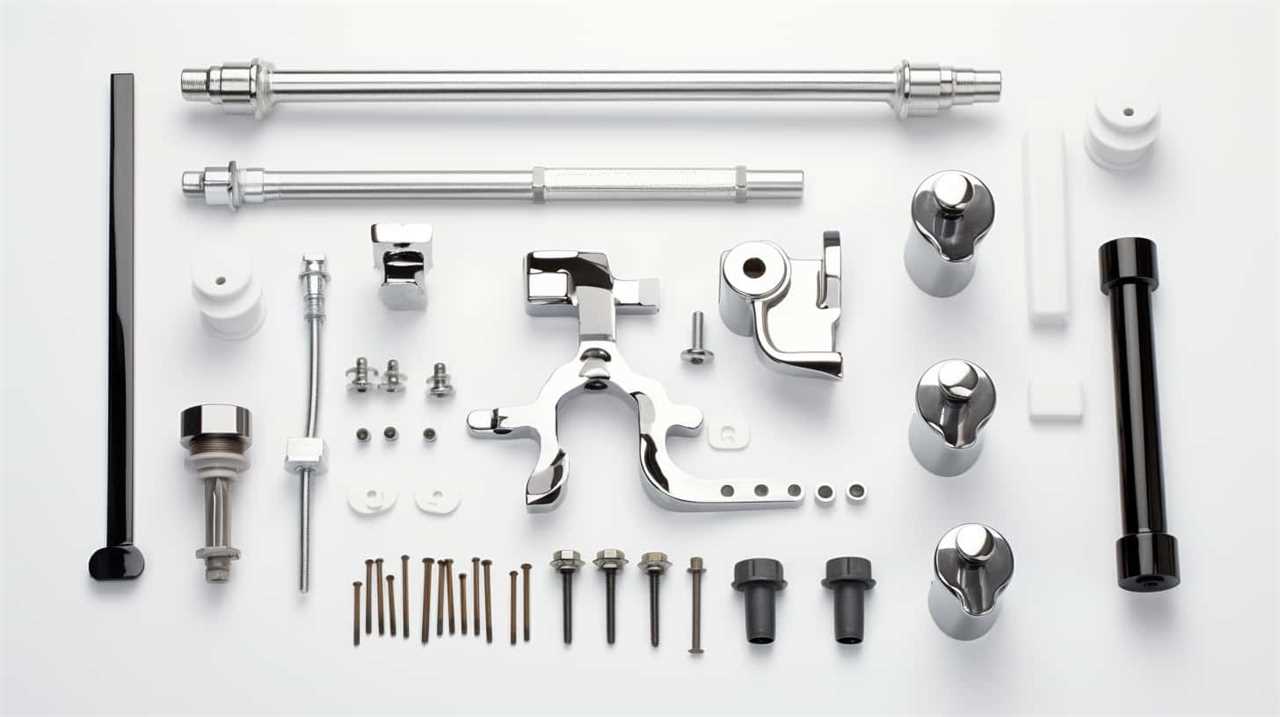
Type I MSDs are primarily used in freshwater areas and use chemicals to treat waste. Type II MSDs utilize aerobic bacteria and chemicals for treatment, while Type III MSDs rely on maceration and disinfection.
Understanding the different waste management options available through MSDs is essential for maintaining clean and sustainable boating practices.
Holding Tanks and Pump-Outs
For efficient management of toilet waste on a boat, we rely on holding tanks and regular pump-outs. Holding tanks are an essential component of a boat’s sanitation system, providing a temporary storage solution for waste until it can be properly disposed of. To ensure the proper functioning and longevity of holding tanks, regular maintenance is crucial.
Here are five key points to consider for holding tank maintenance and waste disposal options:
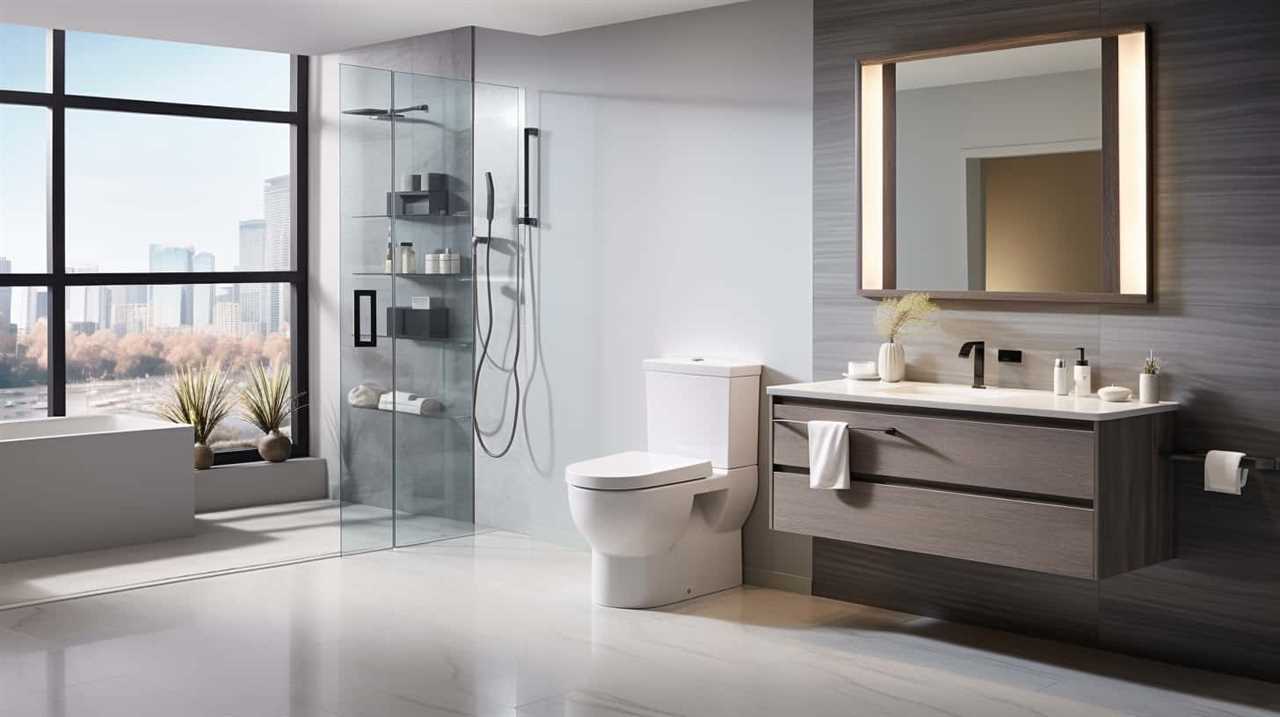
- Regularly clean and inspect the holding tank to prevent buildup and odors.
- Use biodegradable and marine-safe toilet paper to avoid clogging or damaging the tank.
- Monitor the tank’s capacity and schedule pump-outs accordingly to prevent overflow.
- Utilize designated pump-out facilities at marinas or hire professional pump-out services.
- Consider environmentally-friendly waste disposal options, such as composting toilets or wastewater treatment systems.
Composting Toilets
To continue managing toilet waste on a boat, let’s delve into the topic of composting toilets.
Composting toilets are a sustainable and eco-friendly solution for onboard sanitation. These toilets use a combination of natural processes to break down waste into compost. The process involves the decomposition of solid waste through aerobic bacteria, which convert it into nutrient-rich humus. This humus can then be safely disposed of or used as fertilizer.
Composting toilets have several advantages, including odor control. The decomposition process eliminates odors by promoting the growth of beneficial bacteria that consume foul-smelling compounds. Additionally, composting toilets require little to no water, making them ideal for boats with limited freshwater supply.
Now, let’s explore portable toilet solutions for boating enthusiasts.
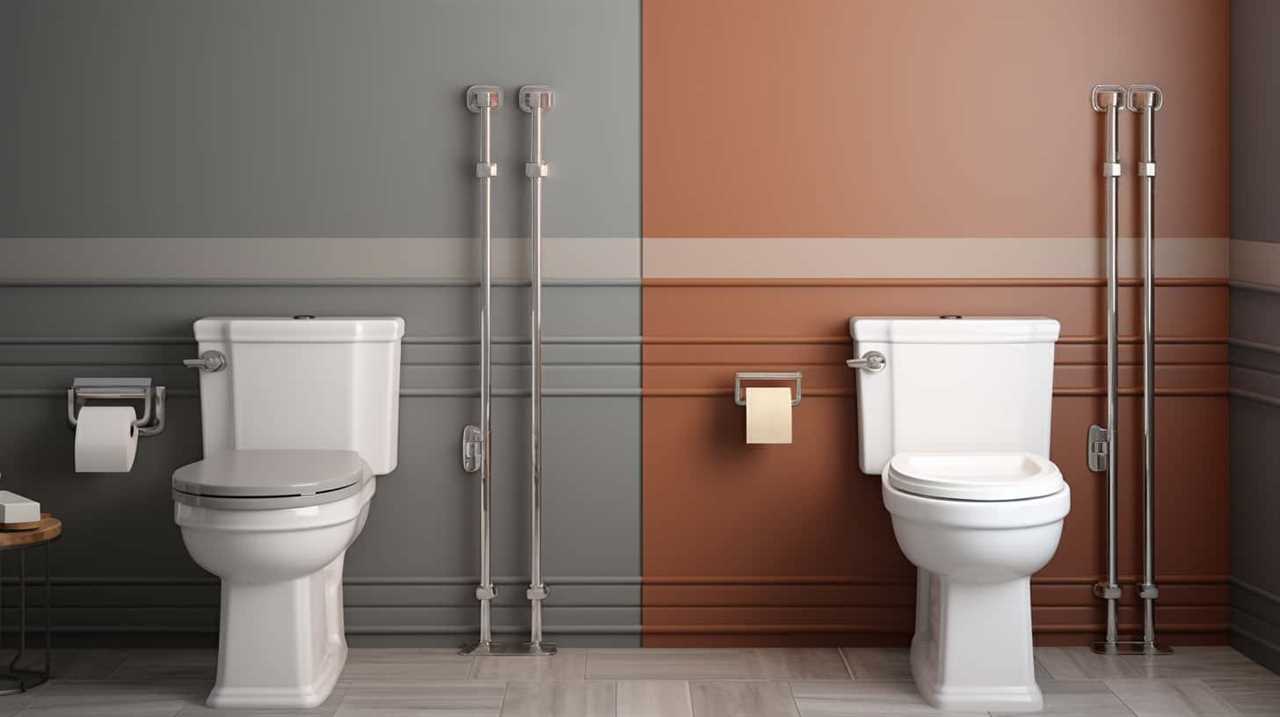
Portable Toilet Solutions
Continuing the discussion on managing toilet waste on a boat, let’s now explore the options for portable toilet solutions. When it comes to portable toilets, proper maintenance and disposal are crucial. Here are some key points to consider:
- Regular cleaning: Ensure frequent cleaning of the portable toilet to maintain hygiene and prevent odors.
- Chemical additives: Use approved chemical additives to control odor and break down waste in the portable toilet.
- Disposal methods: Portable toilet waste can be disposed of in designated waste facilities or pumped out by a professional service.
- Waste bags: Portable toilets can also be equipped with biodegradable waste bags for easy disposal.
- Sanitation practices: Always follow proper sanitation practices, such as washing hands thoroughly after using the portable toilet.
Understanding these portable toilet maintenance and disposal methods is essential for boaters. Now, let’s move on to the next section, where we’ll discuss the legal and environmental considerations surrounding toilet waste on a boat.
Legal and Environmental Considerations
When it comes to managing toilet waste on a boat, we must consider the legal and environmental aspects. It is important to adhere to legal regulations and adopt appropriate waste disposal methods to protect the environment and ensure compliance. To help you understand the legal and environmental considerations, let’s take a look at the following table:
| Legal Regulations | Waste Disposal Methods | Environmental Impact |
|---|---|---|
| Maritime laws and permits | Pump-out stations | Minimizes pollution |
| No-discharge zones | Holding tanks | Prevents water pollution |
| Sewage treatment systems | Portable toilets | Reduces harmful effects |
| Waste management plans | Biodegradable products | Promotes sustainability |
Frequently Asked Questions
Are There Any Regulations or Requirements for Installing Marine Sanitation Devices (Msds) on a Boat?
Regulations and requirements for installing Marine Sanitation Devices (MSDs) on a boat vary based on jurisdiction and vessel size. Compliance often involves proper waste containment, treatment, and disposal methods to protect marine environments.
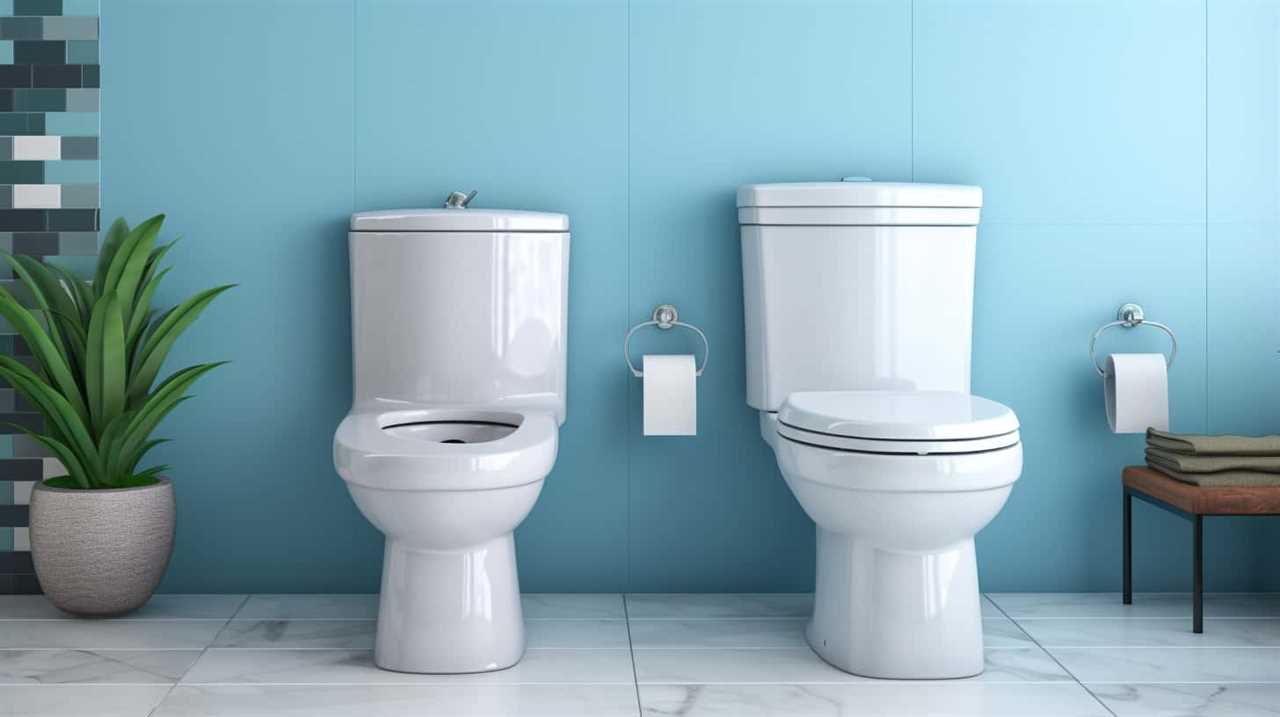
What Is the Maximum Capacity of a Holding Tank and How Often Do They Need to Be Pumped Out?
The maximum capacity of our holding tanks depends on the size of the boat and the regulations in place. We must pump them out regularly to prevent overflow and maintain sanitation standards.
Can Composting Toilets Be Used on All Types of Boats, or Are There Specific Size or Weight Restrictions?
Composting toilets on boats have weight restrictions and regulations. Size and weight limitations may vary depending on the type of boat and its capacity. It is important to consult local regulations and guidelines for specific requirements.
How Do Portable Toilet Solutions Compare to Other Types of Marine Sanitation Options in Terms of Convenience and Ease of Use?
Portable toilet solutions, like composting toilets, offer convenience and ease of use on boats. They eliminate the need for complicated plumbing systems and provide a practical and efficient way to handle toilet waste.
Are There Any Specific Laws or Regulations Regarding the Disposal of Toilet Waste From Boats in Different Bodies of Water?
There are laws and regulations in place regarding the disposal of toilet waste from boats in different bodies of water. It is important to follow these guidelines to minimize the environmental impact of boat toilet waste disposal.

Conclusion
In conclusion, when it comes to dealing with toilet waste on a boat, there are several options available.
Marine Sanitation Devices (MSDs) and holding tanks with pump-outs are popular choices for larger vessels. These systems allow for the proper treatment and disposal of waste, ensuring compliance with regulations and minimizing harm to the marine environment.
Composting toilets offer an eco-friendly alternative. These toilets use natural processes to break down waste into compost, which can be safely disposed of or used as fertilizer. Composting toilets are a sustainable option for boaters looking to reduce their environmental impact.
For smaller boats, portable toilet solutions are convenient. These compact toilets are easy to use and transport, making them ideal for day trips or weekend excursions. Portable toilets typically have waste storage tanks that can be emptied at designated facilities or disposed of in a responsible manner.

When deciding on the best method for managing waste at sea, it’s important to consider legal and environmental regulations. Different areas may have specific requirements for waste disposal, and it’s crucial to adhere to these guidelines to protect the marine ecosystem. Boaters should also be mindful of the potential impacts of their waste on water quality and wildlife.
By choosing the right system, boaters can navigate the waters responsibly and maintain a clean marine environment. Taking steps to properly manage toilet waste not only ensures compliance with regulations but also contributes to the preservation of our oceans and waterways.
